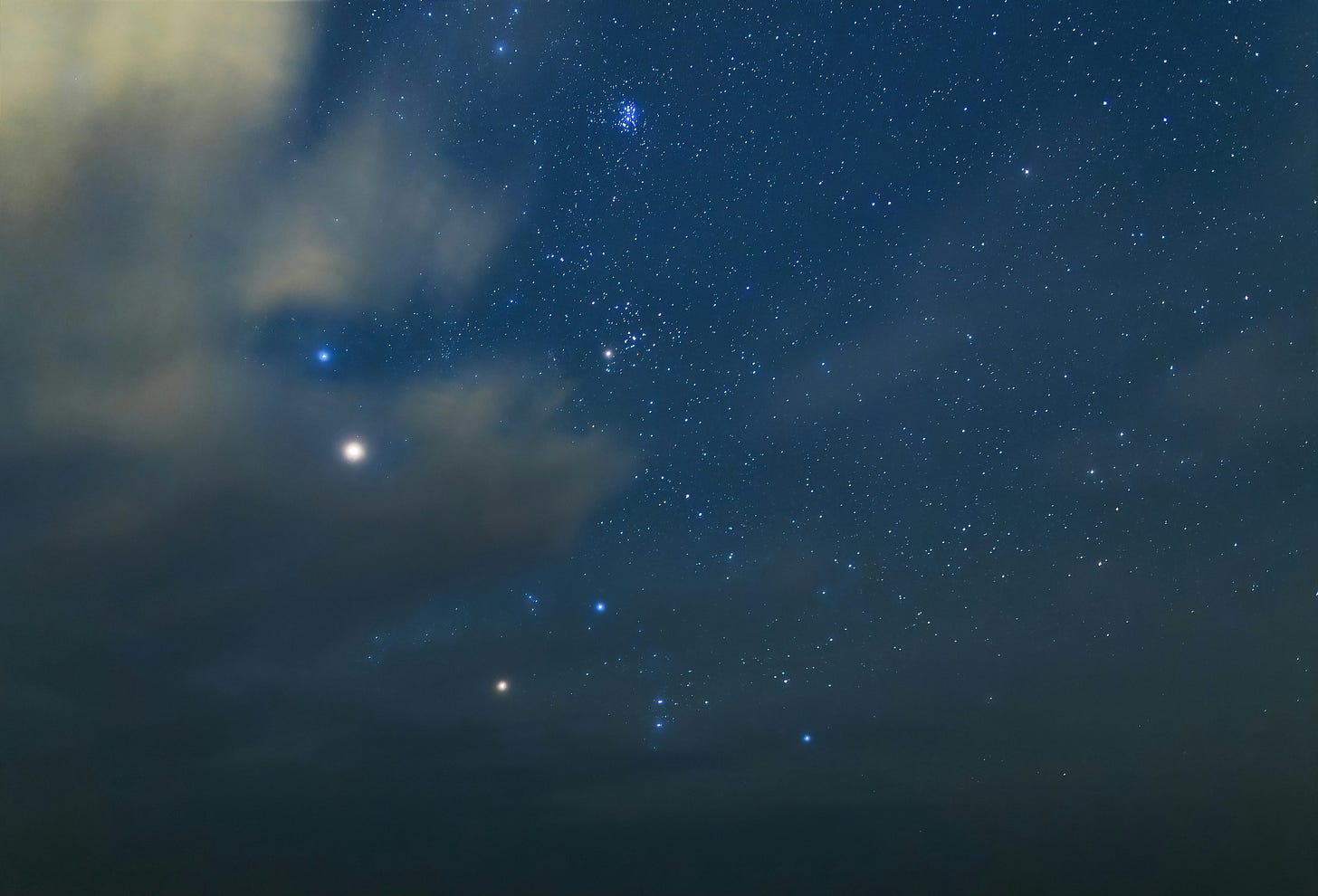Reflections 21st September
Getting our Bearings
Navigating by Different Stars
Right now, talented people are sitting in meetings, following processes, and hitting targets whilst feeling increasingly certain they're heading towards the wrong destination. The compass is spinning, the horizon has disappeared, and the very skills that got them here seem useless for what's coming next.
Navigating in a storm is difficult. Horizons disappear, landmarks are intermittent, and the sheer discomfort of being thrown about makes concentration difficult. Today, we can hand the task over to technology, but only as long as we trust it, are confident that the destination we set is where we really need to be, and are prepared to be passengers in the process. It’s a big ask.
The ancient Polynesians had a different approach. Rather than set out with maps and compasses, they tuned themselves to stars, swells and seabirds, imagining not that they travelled to the island but that the island travelled to them. Navigation was less about control, more about rel…
Keep reading with a 7-day free trial
Subscribe to Outside the Walls to keep reading this post and get 7 days of free access to the full post archives.


